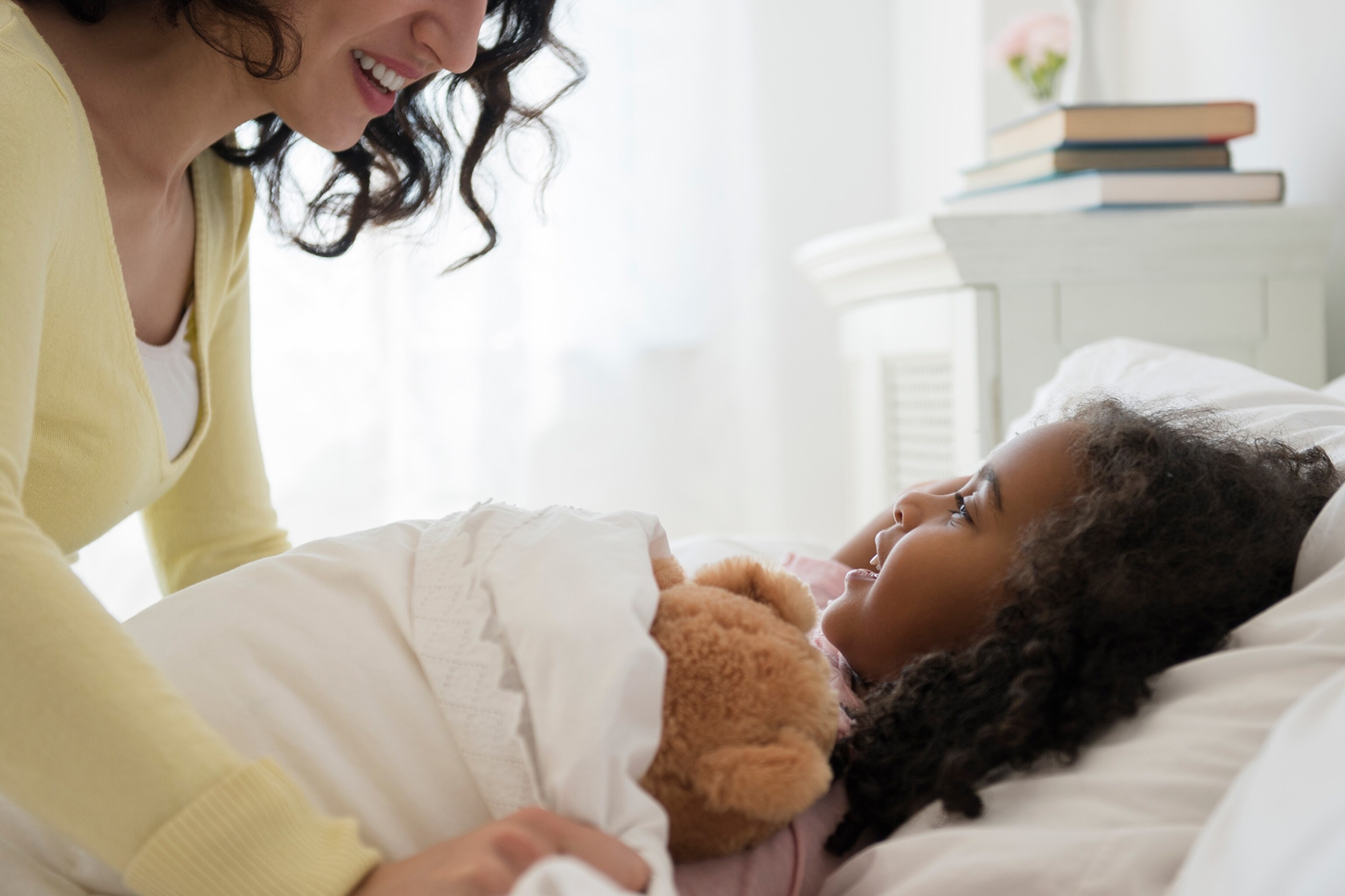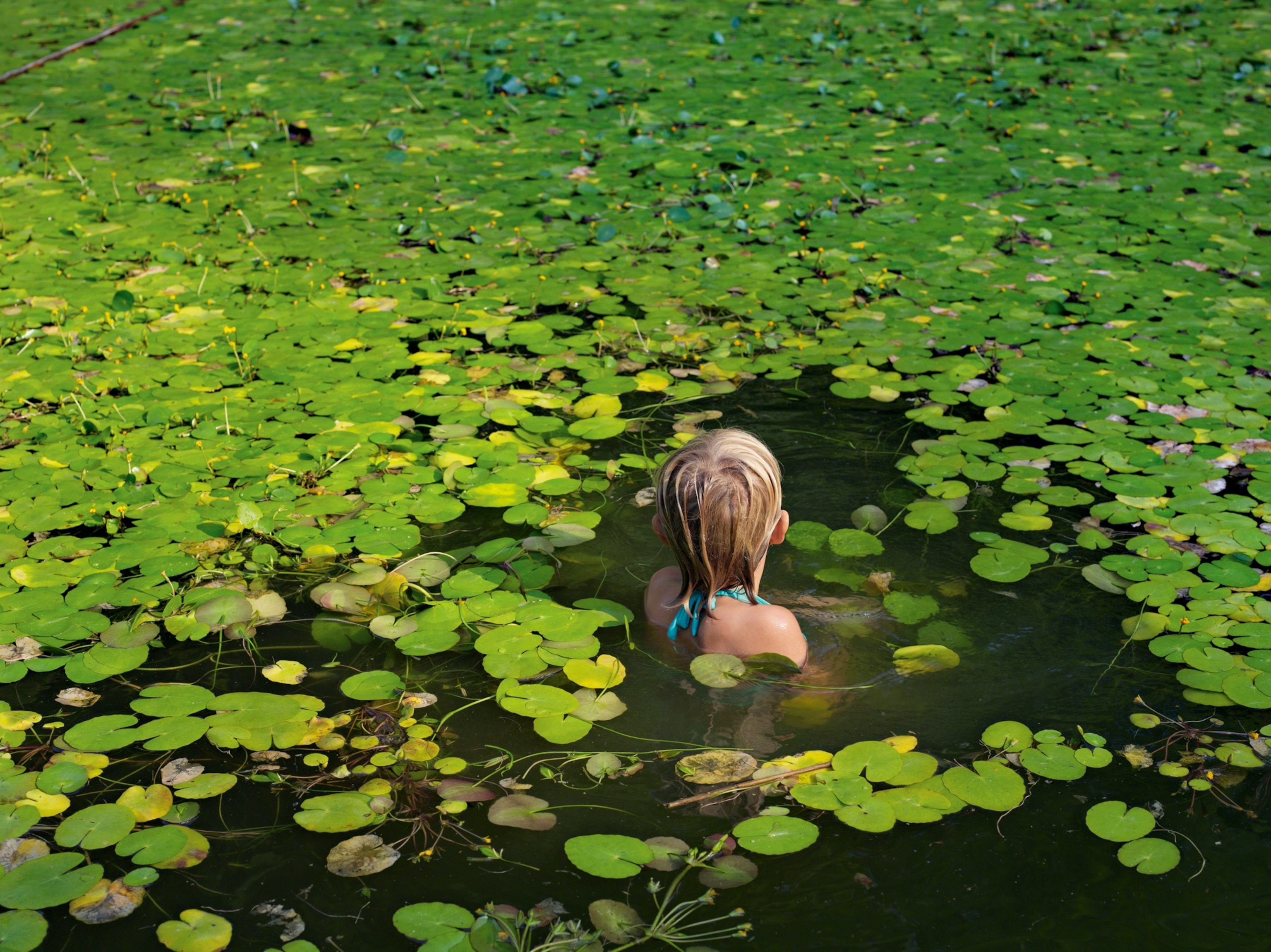
Setting a schedule for kids at home
As schools shut down across the country, the question from parents has shifted from “When will my child’s school close?” to “OMG—how long is my kid going to be at home?”

And with some schools deciding that children will be out through the end of the academic year, moms and dads have been scrambling to find resources to keep their kids occupied while the world battles the coronavirus.
Turns out, apps and websites got the SOS—and tossed out so many lifebuoys that parents might be feeling as if they’re awash in worksheets and craft ideas.
“Any other parents totally overwhelmed by the amount of resources we’re getting now?” tweeted @JessGrose of the New York Times Parenting section. “I’m not a teacher and I still don’t know how to be no matter how many color-coded schedules and ‘helpful’ links I receive.”
That’s why experts are urging parents to try to keep it simple when it comes to structuring their children’s days at home.
“Basically, the biggest thing families should do is keep the sleep schedule the same, read every day, and do some problem-solving with real-life situations,” says Jessica Dueñas, a Louisville special education teacher and 2019 Kentucky Teacher of the Year.
Start that comforting routine in the morning: Laura Goertzel, Nat Geo Kids and Family digital director, has her 8- and 11-year-olds do “morning announcements” using an empty toilet paper roll as a microphone.
So, all set? Don’t worry, we won’t judge you if you still want to try those color-coded calendars.
WHAT YOU NEED TO KNOW
Take your time getting started: Not having to wake your kids up at 7 a.m. is a gift, writes educator and homeschooling vet Rai King. “Take advantage by letting the kids sleep in a little later, have a more complete breakfast, and generally take their time getting into the swing of their day,” King says, “but detail a schedule that works best for your family, and keep the kids on a regular routine.”
Homeschool headache help: Your first thought: “Yay, my kids are safe at home!” Your second thought: “Yikes ... How will they learn?” Those conflicting emotions are natural, writes Jamie Kiffel-Alcheh for Nat Geo, who has advice on how to suddenly homeschool kids. (Rule No. 1: Don’t panic—you’ve got this!) Our Family Resource page has more survival tips, and here are resources we give educators that parents can also use.
‘Virtual’ field trip! What? You can’t see the British Museum, the Van Gogh Museum, the Smithsonian, or the Guggenheim? You can stay on your couch to see them among 12 virtual museum tours, reports Travel+Leisure. And here’s an NPR list of virtual concerts that performers are streaming online now that they cannot tour. And Nat Geo’s Rachael Bale has a selection of animal webcams , as well as these zoo and aquarium tours.
Question for family debate: If we can’t shake hands anymore while greeting someone (too germy!), what’s our best non-contact greeting ? Here are suggestions from our readers, including a nod, a hand to the heart, an air kiss, and a split-finger salute used in Star Trek. Live long and prosper, indeed!
KEEPING YOU HEALTHY
Nature is important: If you can go outside safely, and without interacting with others or touching infected surfaces, remember that humans need outdoor time. (Pictured: Maddie Roark, practicing safe social distancing among the lily pads in her family’s pond in western North Carolina.) Even the most stringent restrictions, such as the Bay Area’s shelter in place directive, allow for outdoor exercise time.
How can you stay sane working at home? Pick a dedicated spot to work in, eat as you would in the office, protect your electronics (from you know who), think about light, and close the door if you need to (and can). Those are a few tips from TheSkimm.
Beating loneliness: Writer Amanda Ripley urges everyone, parents and kids included, to do these four things daily to ward off debilitating loneliness while we’re stuck at home:
1. Exercise.
2. Actually talk to friends by phone (not text them) several times a day.
3. Practice meditation/mindfulness.
4. Do something small to help someone else.
TRY THIS: BOREDOM BUSTERS FOR KIDS
Keep kids’ brains active: Have children try this fun science experiment using just milk, food coloring, and dishwashing soap. Then check out other experiments, quizzes, animal facts, and homework tips from the Nat Geo Kids website.

